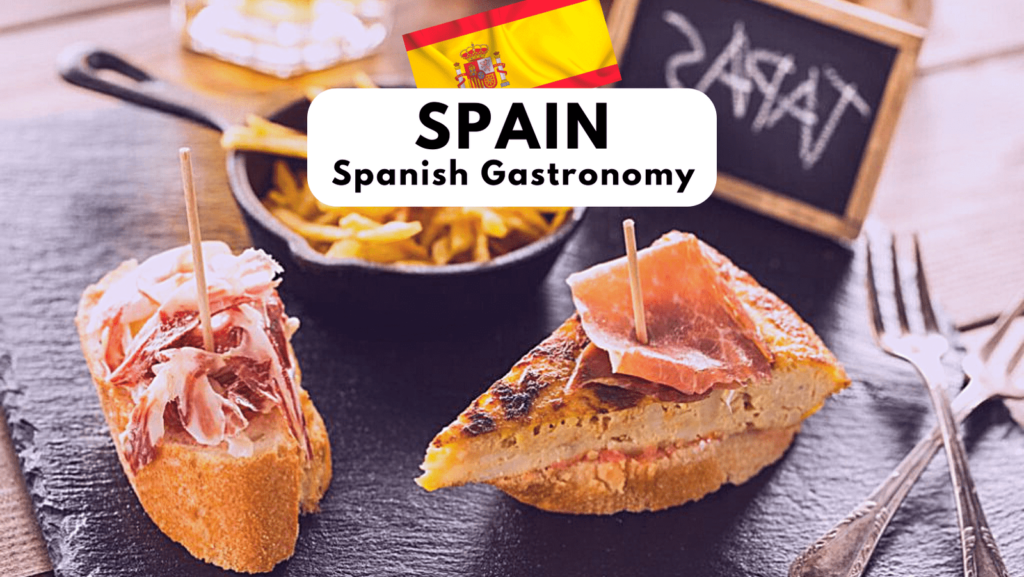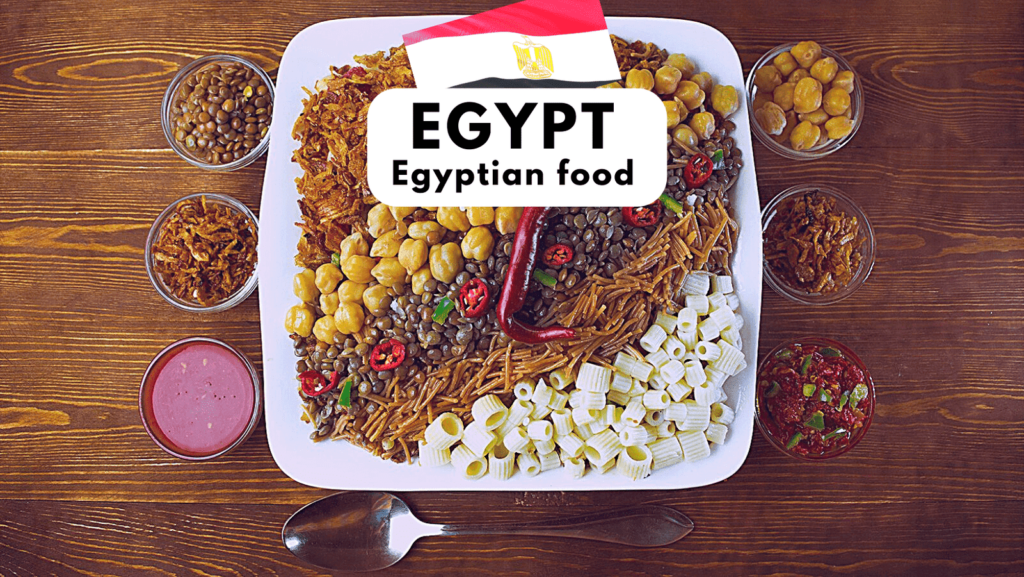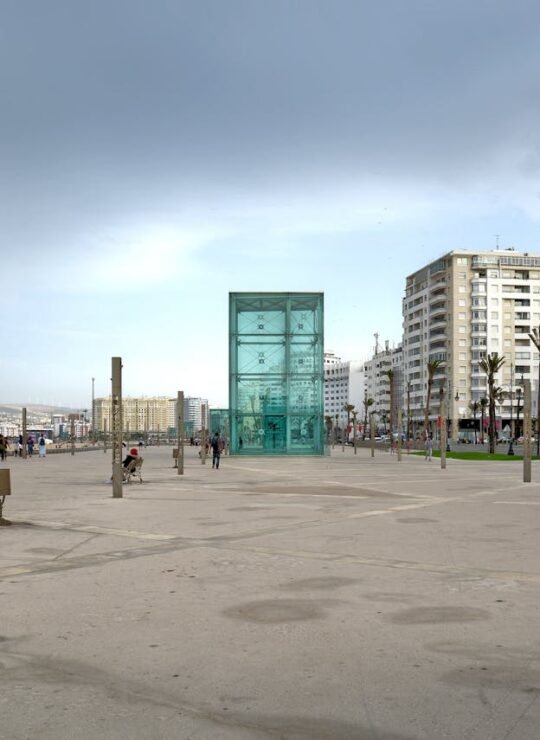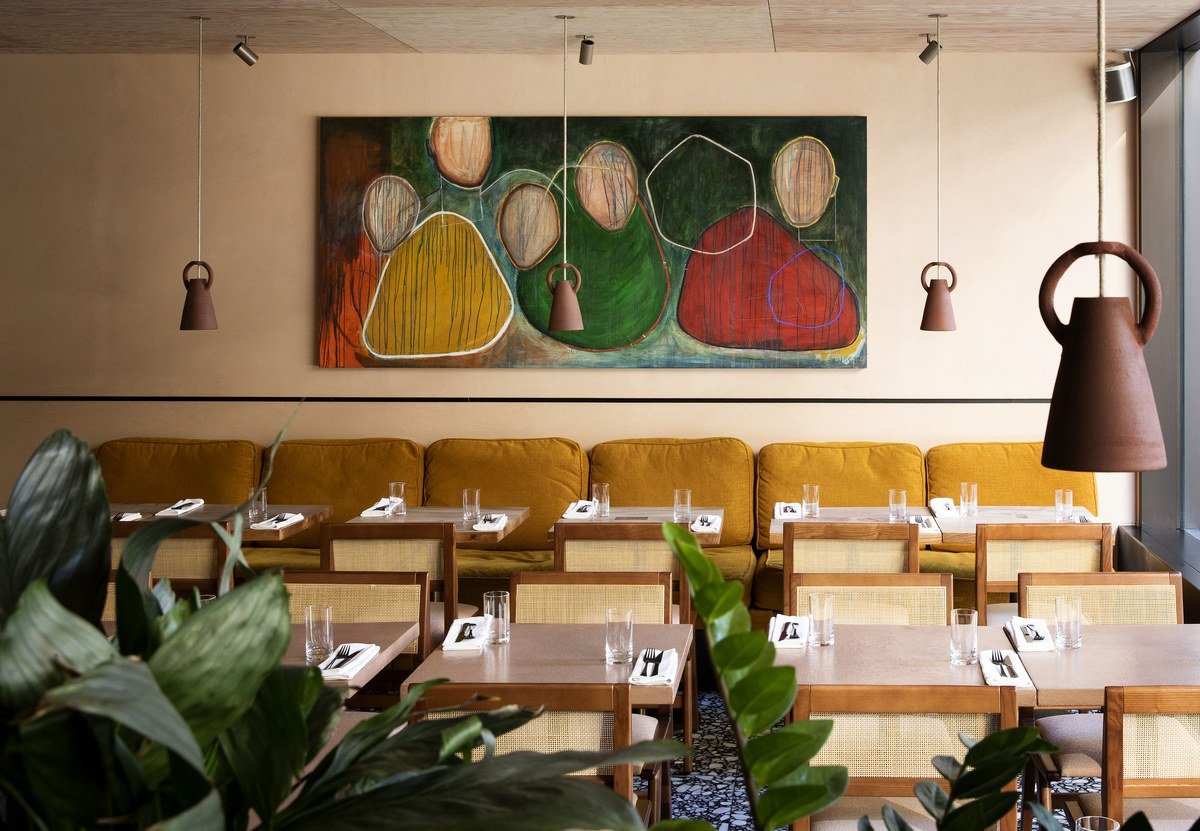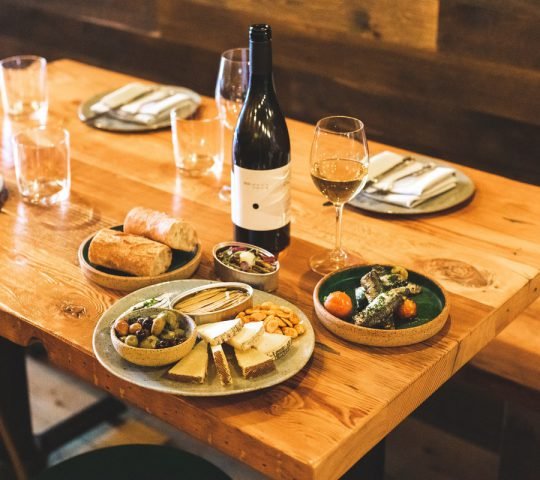Welcome to the savory world of Spanish cuisine! With a rich and diverse culinary heritage, Spain offers a tantalizing array of flavors that will transport your taste buds to the sun-drenched streets of Madrid, Barcelona, and beyond. From the iconic paella, bursting with fragrant saffron-infused rice and succulent seafood, to the melt-in-your-mouth jamón ibérico, Spain is a food lover’s paradise.
Embracing a Mediterranean diet, Spanish cuisine is known for its fresh ingredients and simple yet flavorful preparations. Seafood plays a starring role, with dishes like gambas al ajillo (garlic shrimp) and pulpo a la gallega (Galician-style octopus) showcasing the bountiful treasures of the sea. With a penchant for tapas, Spain’s culinary culture encourages sharing and savoring small plates filled with delectable bites like patatas bravas, tortilla española, and boquerones.
Traditional Spanish dishes
Spanish cuisine is renowned for its traditional dishes that have stood the test of time. One such dish is paella, a flavorful rice-based dish originating from the Valencia region. Made with a variety of ingredients like saffron, chicken, rabbit, and a medley of seafood, paella is a feast for the senses. Another classic Spanish dish is gazpacho, a refreshing cold soup made with ripe tomatoes, cucumbers, bell peppers, onions, garlic, and olive oil. Perfect for hot summer days, gazpacho offers a burst of flavor and a healthy dose of vitamins.
Moving on to the world of tapas, these small plates are a staple of Spanish cuisine. Patatas bravas, crispy fried potatoes topped with a spicy tomato sauce and garlic aioli, are a beloved tapas dish that pairs perfectly with a cold beer. Tortilla española, a Spanish omelette made with eggs, potatoes, and onions, is another tapas favorite that can be enjoyed any time of day. These traditional Spanish dishes are a true reflection of the country’s culinary traditions and are a must-try for anyone visiting Spain.
Popular Spanish ingredients
Spanish cuisine relies on a handful of key ingredients that give its dishes their distinct flavors. Olive oil, a staple of Mediterranean cooking, is the foundation of many Spanish dishes. Known for its health benefits and rich flavor, Spanish olive oil is used for everything from sautéing vegetables to drizzling over salads. Another essential ingredient is garlic, which adds depth and aroma to countless Spanish recipes. Whether it’s used in a simple garlic shrimp dish or as a base for a flavorful sofrito, garlic is a must-have in any Spanish kitchen.
Spain is also famous for its cured meats, with jamón ibérico being the crown jewel. Made from acorn-fed Iberian pigs, this prized ham is aged for several years, resulting in a melt-in-your-mouth texture and a complex flavor profile. Chorizo, a spicy sausage made with pork, paprika, and garlic, is another popular Spanish ingredient that adds a kick to many dishes. Spanish cheeses like manchego and tetilla are also highly regarded, offering a range of flavors from mild and nutty to creamy and tangy.
Regional variations in Spanish cuisine
Just like any other country, Spain has regional variations in its cuisine, each with its own unique dishes and flavors. In the Basque Country, pintxos (the Basque version of tapas) take center stage. These bite-sized morsels are often served on a slice of bread and are topped with a variety of ingredients, ranging from seafood to cured meats. The region is also known for its famous dish, bacalao al pil-pil, which features salted cod cooked in olive oil, garlic, and chili peppers.
On the Mediterranean coast, Catalonia boasts a distinctive cuisine influenced by both Spanish and French traditions. Here, you’ll find dishes like escalivada, a roasted vegetable medley, and crema catalana, a creamy custard dessert similar to crème brûlée. Moving west to Andalusia, you’ll discover a cuisine heavily influenced by the Moors, with dishes like gazpacho and salmorejo (a thicker version of gazpacho) taking center stage. Andalusia is also famous for its tapas culture, with bars and taverns offering an array of small plates to satisfy any craving.
Famous Spanish food festivals
Spain is known for its vibrant and lively food festivals, where locals and visitors alike come together to celebrate the country’s culinary traditions. One such festival is La Tomatina, held in the town of Buñol. This unique event involves a massive tomato fight, where participants throw ripe tomatoes at each other, resulting in a sea of red pulp and a whole lot of fun. Another famous festival is San Fermín, held in Pamplona, which is known for its running of the bulls. While not directly related to food, this festival is a celebration of Spanish culture and attracts food-loving visitors from around the world.
In Valencia, the city that gave birth to paella, the annual Las Fallas festival takes place in March. This lively event features parades, fireworks, and the burning of giant papier-mâché sculptures known as fallas. During this festival, visitors can indulge in countless servings of paella, immersing themselves in the rich flavors and vibrant atmosphere of Valencia. These food festivals are a testament to the importance of food in Spanish culture and offer a unique way to experience the country’s gastronomy.
The influence of Spanish cuisine on other cultures
Spanish cuisine has had a profound influence on other cultures around the world, thanks to the country’s history of exploration and colonization. In Latin America, Spanish flavors can be found in dishes like ceviche, a tangy seafood dish marinated in lime juice, and empanadas, savory turnovers filled with a variety of ingredients. In the Philippines, Spanish influences are evident in dishes like adobo, a stew made with meat, vinegar, and soy sauce, and leche flan, a caramel custard dessert.
Even in countries far from Spain, Spanish ingredients and cooking techniques have made their mark. In the United States, tapas bars have become increasingly popular, offering a taste of Spain in cities like New York and Los Angeles. Spanish wines, such as Rioja and Cava, have also gained international acclaim, becoming staples in wine lists and wine cellars around the world. The global influence of Spanish cuisine is a testament to its universal appeal and the lasting impact it has had on culinary traditions worldwide.
Spanish cooking techniques and traditions
Spanish cuisine is characterized by its emphasis on simple yet flavorful preparations. One of the most iconic Spanish cooking techniques is the use of a paellera, a wide, shallow pan used to cook paella. This allows the rice to cook evenly and develop a crispy bottom layer known as socarrat, which is highly prized by paella connoisseurs. Another traditional cooking method is the use of clay pots, which impart a unique flavor to dishes like cocido, a hearty stew made with meat, vegetables, and legumes.
Smoking is another technique commonly used in Spanish cuisine, particularly in the northern region of Asturias. Here, fabada asturiana, a rich bean stew made with pork, is traditionally cooked over a wood-burning stove, infusing the dish with a smoky aroma. Fermentation is also a key part of Spanish culinary traditions, with ingredients like olives and grapes being transformed into products like olives and wine through this process. These cooking techniques and traditions add depth and complexity to Spanish dishes, making them truly unforgettable.
Spanish wine and its role in Spanish gastronomy
No exploration of Spanish cuisine would be complete without mentioning the country’s world-renowned wines. Spain is home to a wide variety of wine regions, each with its own distinct terroir and grape varietals. Rioja, located in northern Spain, is perhaps the most famous of them all. Known for its bold and complex red wines made primarily from the Tempranillo grape, Rioja wines are a perfect accompaniment to Spanish dishes like lamb chops and cured meats.
Another notable wine region is Ribera del Duero, also located in northern Spain. Here, wines made from the Tinto Fino grape (a local clone of Tempranillo) showcase the region’s unique climate and soil characteristics. These wines are known for their powerful structure, intense fruit flavors, and aging potential. Moving to the northeastern region of Catalonia, the sparkling wine region of Cava produces refreshing and elegant sparkling wines using the traditional method. These wines are perfect for toasting and celebrating special occasions.
Spanish wine is not limited to reds and sparklings; the country also produces a range of white wines, rosés, and fortified wines like Sherry. With such a rich variety to choose from, there’s a Spanish wine to suit every palate and every dish. Whether you’re enjoying a glass of Rioja with a plate of tapas or sipping on a crisp Albariño with a plate of seafood, Spanish wine adds another layer of enjoyment to the country’s gastronomy.
Spanish food tourism and culinary experiences
The popularity of Spanish cuisine has led to a boom in food tourism, with travelers flocking to Spain to explore its culinary treasures. From guided food tours that take you through the bustling markets of Barcelona to hands-on cooking classes where you can learn to make paella from scratch, there are endless opportunities to immerse yourself in Spanish gastronomy.
In cities like San Sebastián, known for its Michelin-starred restaurants and pintxos bars, food lovers can indulge in a culinary journey like no other. The Basque Country is also home to the prestigious Basque Culinary Center, a renowned culinary school and research center that attracts aspiring chefs from around the world. Here, you can join cooking workshops, attend food events, and learn from some of the best chefs in the industry.
Outside of the big cities, Spain’s rural regions offer a chance to explore the country’s agricultural traditions and taste authentic regional dishes. From visiting olive groves in Andalusia to exploring vineyards in La Rioja, there are countless opportunities to connect with the land and the people behind Spain’s culinary delights. Whether you’re a seasoned foodie or just starting to explore the world of Spanish cuisine, food tourism in Spain is a feast for the senses that will leave you craving more.
Conclusion: The rich and diverse flavors of Spanish cuisine
From the bustling streets of Madrid to the coastal towns of Andalusia, Spanish cuisine is a vibrant tapestry of flavors that reflects the country’s rich culinary heritage. Whether you’re indulging in a plate of paella, savoring a bite-sized tapa, or raising a glass of Rioja, the flavors of Spain will transport you to a world of culinary delight. With its emphasis on fresh ingredients, simple preparations, and sharing plates, Spanish cuisine offers a unique and unforgettable dining experience.
So next time you find yourself craving a taste of the Mediterranean, look no further than the savory world of Spanish food. Explore the traditional dishes, discover the popular ingredients, and immerse yourself in the regional variations that make Spanish cuisine so special. Whether you choose to embark on a food tour, try your hand at cooking a traditional Spanish dish, or simply enjoy a glass of Spanish wine, let the flavors of Spain take you on a culinary journey you won’t soon forget.


